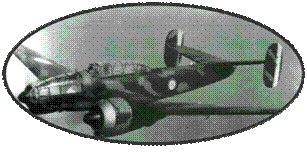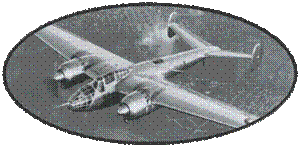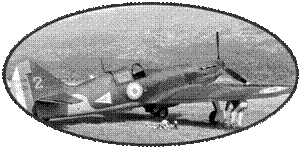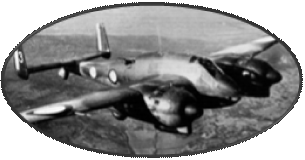Originally, the Do 215 is
an export version of the dornier Do17. One of the main developments
is the adoption of DB600 engines, instead of the original Bramo.
The A-1 version was delivered to Sweden, which received 18 aircraft,
while the Luftwaffe kept the B-1 and B-2 versions.
Two Do 215 B-3s, a similar
version to the Luftwaffe B-1, were exported in 1940 to the USSR.
The B-4 was a reconnaissance version equipped with two cameras Rb
20/30 & Rb 50/30
Twenty copies of B-1 or B-4
were converted to Do215 B-5, night fighter version. These devices
are armed with 4 machine guns of 7.92 and 2 guns of 20mm. The Do215
B-5 is the first Luftwaffe aircraft to receive the easily recognizable
FuG 202 Lichtenstein B / C radar system with the presence of external
antennas in the nose. These Do 215 B-5s were used over England and
then moved to Sicily in 1941.
In 1942, Hungary received
4 copies.
As horizontal bombardment
becomes more difficult, the Do 215 is transformed into a dive bomber
with the addition of retractable nose brakes at the rear of the
fuselage. This aircraft, renamed Do 217 will replace the Do 215
that will continue to be used on the Eastern Front until the middle
of the conflict













